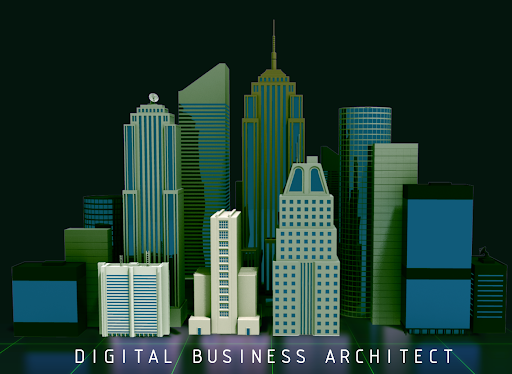Lean approach: also in Tech fields

How the IT sector can improve the processes of a company: Approach from a Lean perspective.
Have you ever heard the term “Lean IT”? Do you even know what Lean means? To understand the concept of Lean IT first you must have an insight about what Lean practice is, since one is the extension of the other.
When we talk about Lean, we are referring to a philosophy and methodology that companies apply to obtain a better management of their processes. Achieving the best quality, reducing costs, eliminating waste, making lead times shorter, creating value for the customer and getting a continuous improvement are the main objectives that are expected to be achieved by following the Lean practice (Kobus, 2016). In this way, Lean IT is an extension of the practice of Lean that simply aims to achieve the mentioned objectives in the IT sector, adapting the principles and tools of Lean to all the functions of this sector. This methodology is used by multiple companies, but also by other organizations such as hospitals.
What are the main principles and tools of Lean?
To correctly apply Lean and Lean IT practices, companies need to use a set of specific tools. The best known are the following:
- Value stream mapping: It depicts the flow of information, materials, and work required to bring a product to the final consumer. It has an emphasis on quantifying wastes.
- Kaizen: As it is a Japanese word that means “continuous improvement”, the objective of Kaizen is to achieve a gradual and constant improvement.
- 5S: It stands for “Sort, Set in Order, Shine, Standardize, and Sustain.” It provides an approach for cleaning up, organizing, and maintaining an orderly workplace (Bell and Orzen, 2011).
- Gemba walks: In Japanese it means “the real place”. Nevertheless, within the context of Lean, it means taking the time to watch how a process is done and talking with those who do the job.
Although the tools are a key piece, principles are what really drive the change to achieve a good Lean practice. The following principles are the most important, but there are some more:
- Constancy of Purpose: It consist of making consistent choices and defining strategic objectives through the establishment of clear priorities when selecting improvement projects.
- Voice of the customer: Customers are the core of the business. Therefore, IT departments must understand what creates value for them and act accordingly.
- Respect for people: Treat people with respect and take into consideration each individual to build an enriching work environment that encourages creativity.
- Continuous improvement and the Pursuit of Perfection: When current solutions no longer work, new ones are needed to generate good results. And, since better situations can always be achieved, there must be a focus not only on daily work but also on daily improvement.
- System thinking: Being able to identify all the cause-and-effect interdependencies and determining what adds value and what generates waste.
How is the waste in the IT sector?
As mentioned, one of the objectives of Lean IT is to eliminate waste and several of its tools and principles are devoted to achieving this purpose. However, what form does waste take in the IT sector? In manufacturing, this can be excess of raw materials, producing more than what the customer demands or creating unnecessary product features. But, is this the same in the IT sector? How can be waste generated in such sector? Well, in this case waste is completely related to the information that is produced. Think about it, eliminating waste means eliminating everything that is not needed or beneficial. What happens when companies have excess of information or poor-quality information? Does this help to achieving good results? Of course, it doesn’t. In this sense, waste in the IT sector can be redundant data, excess of information, incorrect or confusing information or excessive emails and reports.
Why hasn’t there always been a focus on Lean IT?
Despite its importance, the IT sector has long been excluded from Lean management. Why has this been the case? Well, the main reason is that the IT sector has never been like the rest. Software, hardware and Internet technologies are constantly changing and becoming more complex. Knowing how to handle this volatility and complexity is not an easy task. In addition, the objectives and priorities of this specific sector can be very different from the rest of the company’s objectives, giving rise to conflicts. It should be maintained a focus in which the IT sector is perceived as a necessary element to improve the company’s operations. The objectives of this sector should also be aligned with the objectives of the rest of the business.
What are the differences between Traditional IT and Lean IT?
Traditional IT practices often move slowly and carefully to avoid business instability and disruption. In this sense, when changes need to be implemented, they are planned well in advance. In the case of Lean IT, incremental improvements are made every day and each individual is encouraged to address any issues that arise. In addition, traditional IT focuses on each specific task while Lean IT focuses on the entire process. Finally, for traditional IT success is related to achieving stability while for Lean IT, it is related to speed and agility.


Business Intelligence, Continuous Improvement, Customer value, KPIs, Lean, Lean It, Lean Software Development, Strategic alignment, Sustainability
